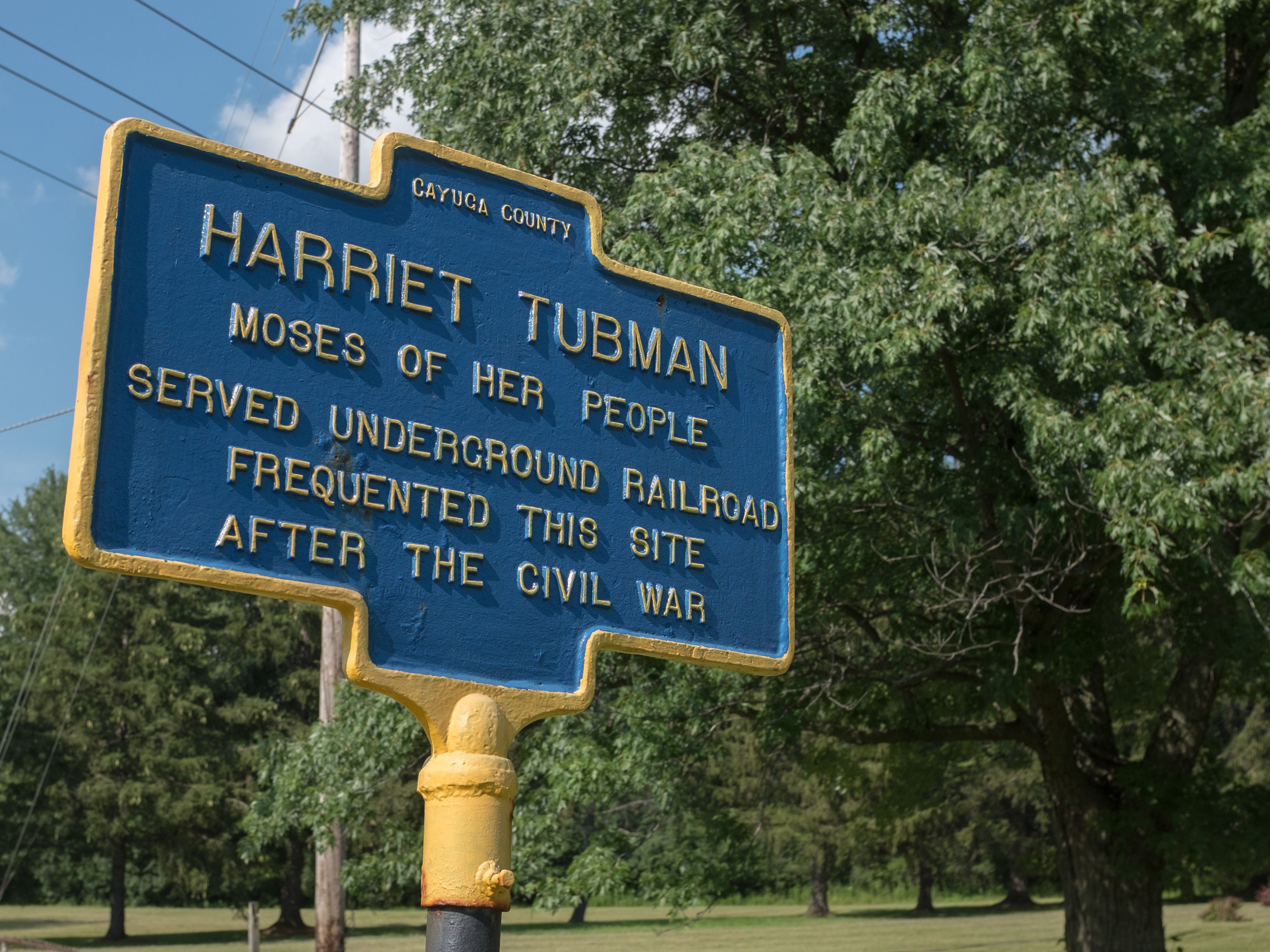Harriet Tubman is a hero known around the world. Born enslaved in 1849, she would eventually rescue 70+ people within 13 trips along Maryland’s Underground Railroad.
September is Underground Railroad Month – offering an opportunity to commemorate the thousands of people who risked their lives to escape slavery. Canada played a huge role in these missions, acting as a safe haven for 30,000-40,000 people.
Sites to See Along Maryland’s Underground Railroad Scenic Byway:
A Journey Begins: Nature’s Role in the Flight to Freedom, an Audio Tour
- A self-guided audio tour based on slave narratives tells the little-known story of how Maryland’s natural environment influenced the challenges, successes, and failures of escapes. Freedom seekers navigated using the stars, landscape, and waterways through places like this, finding food and shelter along the way.
Harriet Tubman Underground Railroad Scenic Byway
- This 125-mile driving tour with an audio guide visits sites that illustrate the Underground Railroad story and Harriet Tubman’s rescue missions on Maryland’s Eastern Shore. It highlights three dozen sites, such as the Dorchester County Courthouse, Bucktown Store, Brodess Farm, and the Denton Steamboat Wharf on the Choptank River. These were the settings of bold and dangerous activities of people like Harriet Tubman, Underground Railroad agents and freedom seekers, and where slave catchers captured fugitives.
President Street Station/ Baltimore Civil War Museum
- Located in the historic President Street Station (c. 1849), the oldest surviving railroad station in an urban setting, the museum tells the stories of Baltimore’s role in the Underground Railroad, the Civil War and Maryland’s railroad history. Enslaved people sometimes escaped by train, such as Frederick Douglass, who departed Baltimore disguised as a sailor. Another man, Henry “Box” Brown, shipped himself to freedom through this station in a wooden crate.
- The plantation retains an 1830s slave cabin that exemplifies typical slave housing in the Tidewater region. The history of slavery and the business of tobacco, lumber, and livestock at Sotterley is told through exhibits at the cabin and related artifacts. Remarkably, 49 enslaved people fled this plantation during the War of 1812.
Underground Railroad Experience in Maryland
- This self-guided trail commemorates local residents involved in the Underground Railroad, celebrating the Quaker heritage and traditions of Sandy Spring. Follow interpretive signs keyed to a map to learn how fleeing slaves eluded capture. An 1832 three story stone barn on this former Quaker plantation has been converted into a museum with exhibits on Underground Railroad activity in the area.

As the Underground Railroad’s epicenter, Maryland offers visitors a unique chance to immerse themselves in over two centuries of history and culture. In addition to beautiful beaches, fresh crab & oysters, scenic byways and charming accommodations, this epic historical journey makes for an unforgettable trip.


